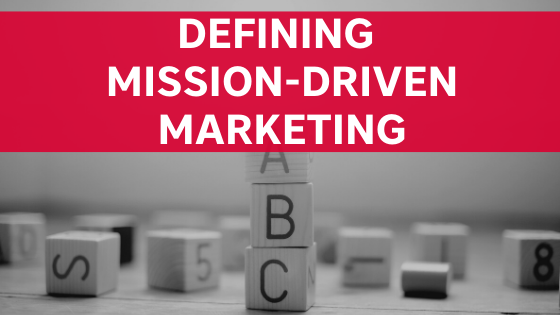A new day, a new lesson in mission-driven* marketing jargon. We’re hoping you’ve begun to grasp a few of the industry’s most utilized (or over-utilized, depending on who you ask) terms. Perhaps you’re even excited about leveraging some of these marketing and communications concepts within your own organization! Which brings us to the letters “P” through “T.” Ready? Let’s dive in!
*For the purposes of this blog, we use the terms mission-driven organization, social enterprise and nonprofit organization interchangeably. There are important structural differences between them, but all are characterized by a commitment to social good.






